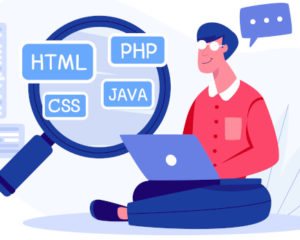Go is a compiled, statically typed programming language that makes it easy to build simple, reliable, and efficient software. Read these Go tutorials.
Read more
The Linux Portal Site

Go is a compiled, statically typed programming language that makes it easy to build simple, reliable, and efficient software. Read these Go tutorials.
Read more
Apache Groovy is a powerful, optionally typed and dynamic language, with static-typing and static compilation. We recommend these Groovy tutorials.
Read more
Swift is a powerful, general-purpose programming language for the OS X, iOS, watchOS, and Linux operating systems. Read our recommended Swift tutorials.
Read more
An assembly language is a low-level programming language for a computer, or other programmable device. Read our recommended Assembly tutorials.
Read more
Ruby is a general purpose, scripting, structured, flexible, fully object-oriented programming language
Read more
PHP is an extremely popular, interpreted scripting language that is ideally suited for web development. Read our recommended PHP tutorials.
Read more
JavaScript is an interpreted, prototype-based, scripting computer programming language. Here’s our recommended tutorials to learn JavaScript.
Read more
C# is a multi-purpose computer programming language suitable for a wide variety of development needs. Here’s our recommended C# tutorials.
Read more
C++ is a statically typed, free-form, multi-paradigm, portable, compiled, general-purpose programming language. Read our recommended C++ tutorials.
Read more
Python is a high-level, general-purpose, structured, powerful, open source programming language that’s used for a wide variety of programming tasks. Here’s our recommended Python tutorials.
Read more
C is a general-purpose, procedural, portable, high-level programming language that is one of the most popular and influential languages. Read our recommended C tutorials.
Read more
Java is designed to be simple enough that many programmers can quickly become proficient in the language. It’s one of the most popular programming languages especially for client-server web applications. Here’s our recommended tutorials to learn Java.
Read more